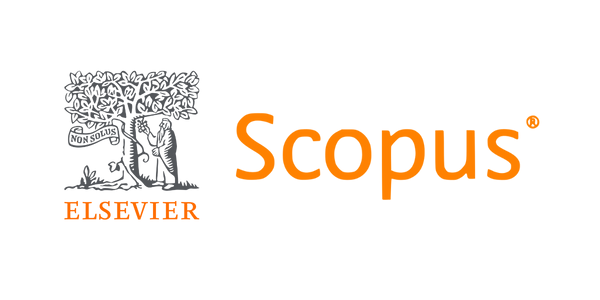Analgesic characteristics of intrathecal neostigmine versus dexmedetomidine with hyperbaric bupivacaine for labour and delivery: A double blind randomized study
DOI:
https://doi.org/10.61386/imj.v18i4.805Keywords:
Dexmedetomidine, Neostigmine, Hyperbaric Bupivacaine, Single-shot Spinal, LabourAbstract
Introduction: The birthing process is one of the most painful events a woman can experience. Minimizing the pain parturients experience is now being considered the right of every parturient globally. The aim of this study was to compare two medications as adjuncts to bupivacaine in labour analgesia.
Materials and methods: One hundred and sixty-six consenting parturients were randomly assigned to receive single shots of intrathecal doses of 2.5 mg of 0.5% hyperbaric bupivacaine with either 2.5µg of dexmedetomidine or 25µg neostigmine as adjuvants. Intrathecal injections were made at the attainment of 5cm cervical dilatation in the labouring woman. The parameters compared included, the haemodynamic parameters, onset/duration of analgesia, pain scores of parturients and the foetal outcome. Data analysed using Stata version 13.0 and p<0.05 was considered statistically significant.
Results: The results showed similarity in the socio-demographic variables, obstetric and baseline haemodynamic characteristics between parturients in the two groups. The median onset of analgesia was significantly faster 2(1-2) min and mean duration of analgesia significantly longer (155.55±39.88 min) in the dexmedetomidine group (p=0.007) compared to the neostigmine group 2(1-3); 114.11±26.71 min) (p<0.0001). The parturients in the dexmedetomidine group had lower pain scores compared to the neostigmine group. (p<0.001).
Conclusion: This study showed that dexmedetomidine as an adjuvant to hyperbaric bupivacaine shortened the onset of analgesia/prolonged the duration of analgesia than neostigmine and also offered lower pain scores as an adjuvant to hyperbaric bupivacaine in single shot spinal for labour analgesia. We recommend dexmedetomidine as an adjunct to hyperbaric bupivacaine for single-shot spinal for labour analgesia
Downloads
Published
Issue
Section
Categories
License
Copyright (c) 2025 Udeme NI, Eyo CS, Edubio M, Etta O, Ekanem AM, Abasiattai AA, Fyneface-Ogan S

This work is licensed under a Creative Commons Attribution 4.0 International License.










